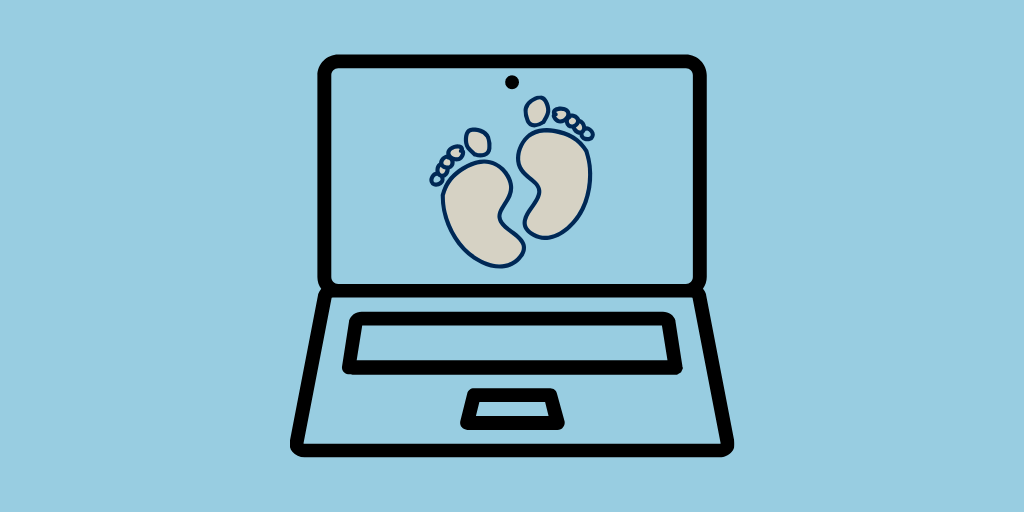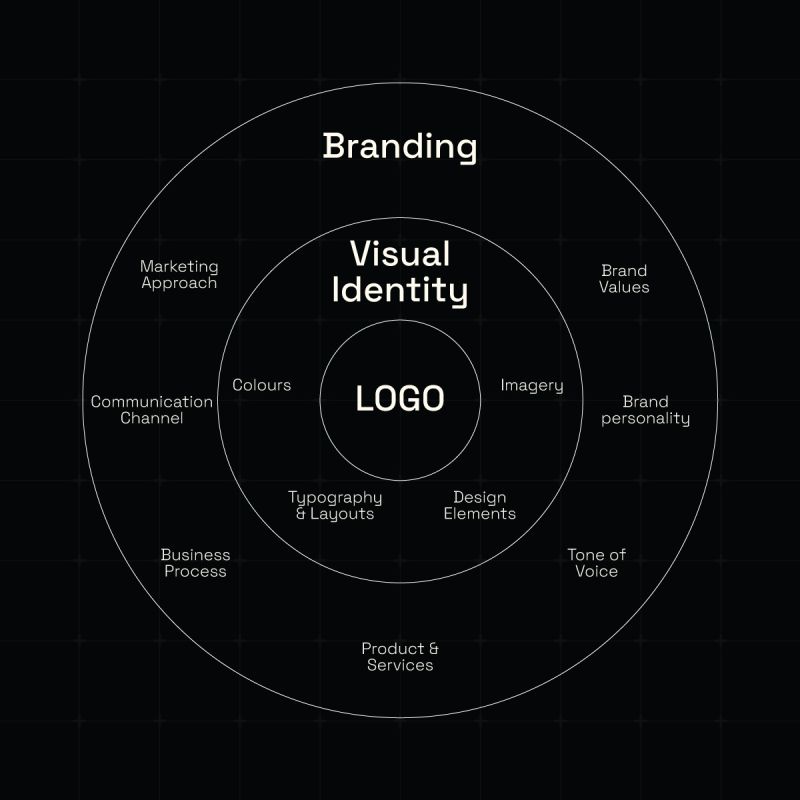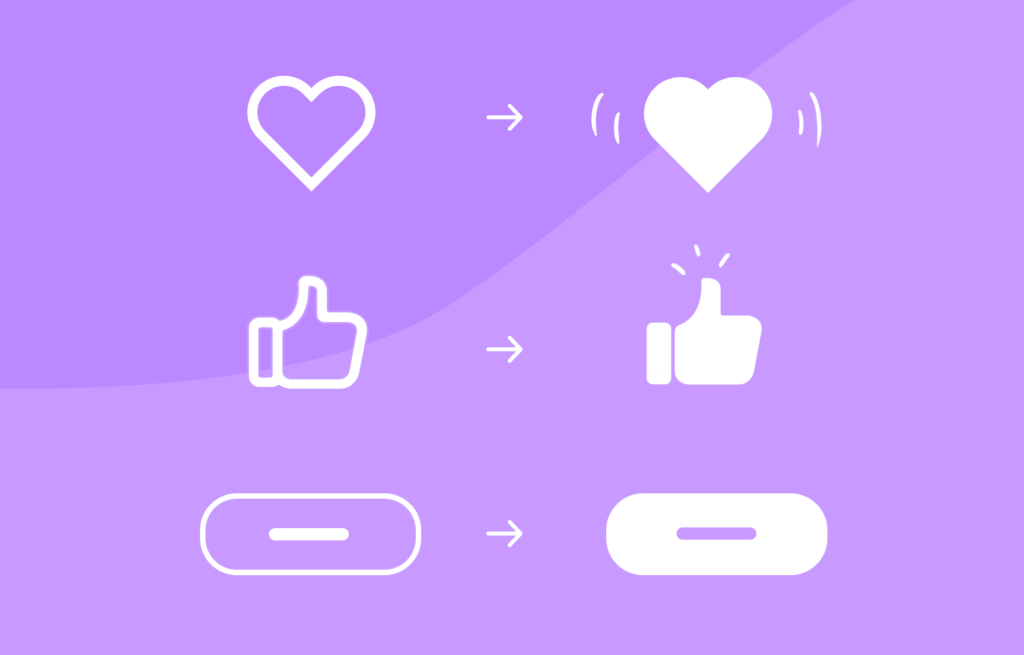


Chicago is synonymous with a fast-paced and diverse market. However, one thing these advancements could not change is that customers are more likely to stick with brands they trust. In fact, according to several reports, 77% of consumers have maintained relationships with specific brands for 10 or more years.
That’s the concept of customer loyalty. And for local businesses anywhere in the world, it’s a priceless asset. However, one should be aware that this phenomenon doesn’t just happen by itself. It’s built over time and through the use of proper practices.
That being said, in 2025, building that loyalty means combining great user experience, meaningful customer touchpoints, and a lot in between. So, if you’re a Chicago-based brand wondering where to start, here are six proven ways to build trust among customers.
Without further ado, let’s dive into the article!
First things first. Everyone knows that the firm’s website is often the first place someone interacts with the brand. If it feels clunky or outdated, that trust begins to slip. Moreover, modern Chicago consumers are brand-savvy and time-constrained. They expect your site to: load quickly, work beautifully on mobile, and guide them.

Specifically speaking, all the customers expect speed and clarity. In such situations, strong UX/UI helps reduce abandonment and increase satisfaction. And that’s where web design becomes the real game-changer. Thoughtfully designed websites guide visitors naturally. This makes it easier for users to come back.
Considering this, working with expert web designers in Chicago from day one can ensure your website actively builds trust. The seasoned experts shape the layout clarity, offer a fast-performance interface, and a user-first structure.
In short, the smoother the experience, the stronger the trust. Whether booking a table, checking out online, or simply exploring your product pages, the user journey needs to be intuitive, responsive, and friction-free.
| Quick fact: One case study of a brand showed a bounce rate improvement from 51% to 37%. This was simply improved by refining the user experience and streamlining the layout. That’s how quickly loyalty-building starts. |
As you know, the foundation of any strong brand is recognition. Moreover, this all starts with a consistent visual language. Be it through the logos of the brand, color palettes used, typography, and layout design of the website. They all carry through from your website to social media, packaging, and even emails.

Some reports state that brands that maintain consistent branding across all channels see an average revenue increase of 33%. For Chicago brands, especially, clear and cohesive branding helps carve out space in customers’ minds.
And yes, visual storytelling works just as much for law firms and fintech startups as it does for bakeries or fashion labels.
Loyalty flourishes when customers feel seen. Adding a local touch and personal attention goes a long way for all brands.
That could mean the following things:
It has been reported that 80% of consumers are more likely to buy when brands offer personalized experiences. All in all, the main characteristic of this step is to make customers feel like they matter. It perfectly goes for all spaces, whether they are shopping online or coming to your physical store.
The moment after a purchase is when the loyalty journey truly begins. However, too many brands lose momentum after the transaction. They miss the golden opportunity to build an emotional connection.
But imagine a customer getting a warm thank-you email, a handwritten card in the package, or even a surprise discount weeks later. That’s the kind of gesture that sticks in someone’s mind.
Long story short, Chicago businesses that follow up intentionally create stronger emotional ties. To do so, the firms can use tools or partners to help automate but personalize post-purchase flows. So, at last, nothing falls through the cracks, and your brand becomes part of the customer’s daily story.

These are the little design moments that make users smile. You can use the following tips to make the most of this step:
While they may seem small, these touches contribute to how a customer feels about your brand. Some studies revealed that microinteractions can boost user retention by up to 25% when thoughtfully integrated.
Additionally, in industries like fintech or healthcare, micro-interactions can inject humanity into the digital experience.
Loyalty is always built on responsiveness. Your customers are already telling you what they want. You just need to tune in. They can do so through:
Smart brands treat feedback as a strategic tool and adapt accordingly. For example, if your best-selling product consistently gets reviews asking for more colors or variations, that’s product development handed to you on a silver platter. You don’t need to guess anymore.
This way, firms can update their offerings, refine their messaging, and improve the experience. When customers feel heard, they tend to stay. Even according to a credible report, 66% of customers expect companies to understand their needs and preferences. So, show them you do.
Cities like Chicago are brimming with iconic neighborhoods, deep-rooted pride, and diverse customers. In such places, brand loyalty is not a bonus. It’s a necessity.
Whether you’re in the food industry, e-commerce, fintech, or healthcare, a thoughtful digital presence can help you turn first-time visitors into lifetime fans. And it all starts with intentional design, meaningful UX, and customer-focused strategy. So, the next time you think about loyalty, don’t start with discounts. Rather, start with experience.














